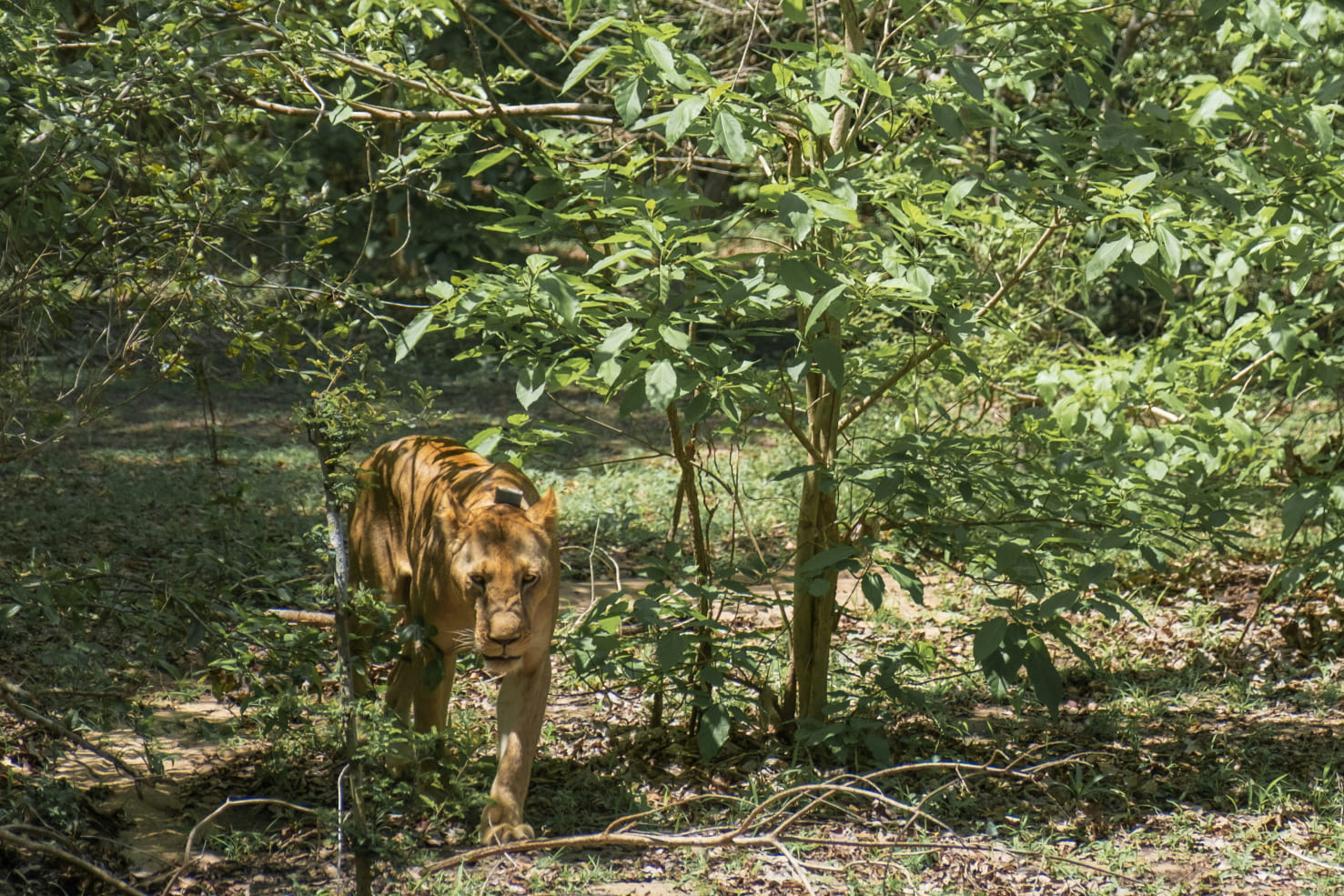- [email protected]
- Mon - Sat 8:00 - 6:30, Sunday - CLOSED
Journey Through the Zoo

The Lion: King of the Zoo
The lion (Panthera leo), often referred to as the "King of the Jungle," is one of the most iconic and revered animals in zoos worldwide. Known for their powerful presence and majestic manes, lions symbolize strength and courage. In the wild, they inhabit the grasslands and savannas of Africa, living in social groups called prides. In zoos, lions are among the most popular attractions, drawing visitors eager to see these magnificent predators up close.
Zoo enclosures for lions are designed to mimic their natural habitats. Large open spaces with grassy areas, shaded spots, and rocky outcrops allow lions to exhibit natural behaviors such as lounging, climbing, and observing their surroundings. Elevated platforms are often included, providing lions with a vantage point to survey their territory.
Feeding times are a highlight for visitors, offering a glimpse into the predatory nature of lions. In captivity, their diet is carefully managed, consisting of high-quality raw meat. Enrichment activities, such as hanging meat or scent trails, encourage lions to use their hunting instincts, keeping them physically and mentally engaged.
Zoos play a crucial role in lion conservation. As lion populations in the wild face threats from habitat loss, human-wildlife conflict, and illegal hunting, zoos provide a safe haven for these big cats. Breeding programs help maintain genetic diversity and raise awareness about the need to protect lions and their ecosystems.
Through their exhibits and educational programs, zoos inspire visitors to appreciate and support efforts to conserve this majestic species. Lions in zoos are not just displays—they are ambassadors for their wild counterparts, reminding us of the beauty and importance of preserving the natural world.
